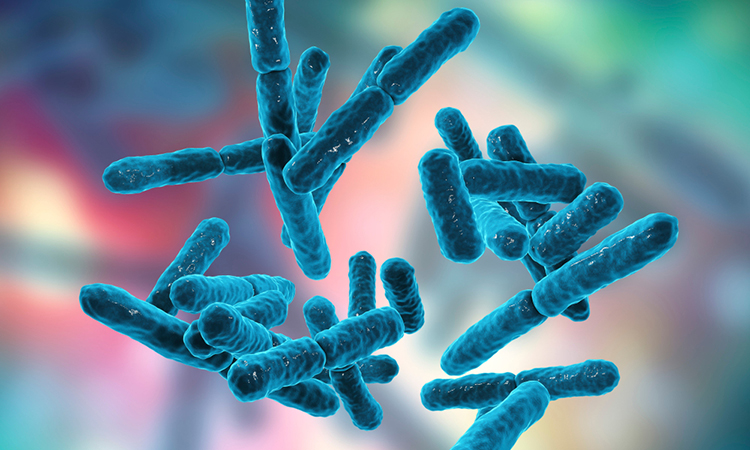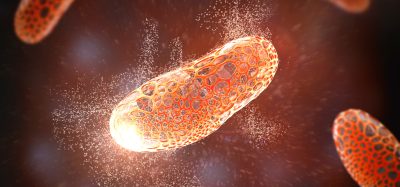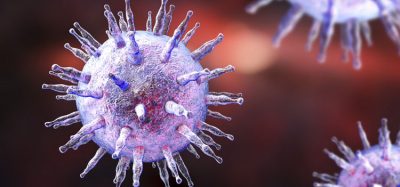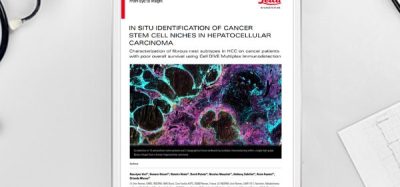Bacteria’s survival strategies against antibiotics
Posted: 13 February 2023 | Izzy Wood (Drug Target Review) | No comments yet
US researchers investigate how bacteria develop an antibiotic tolerance without mutations.

Researchers from Texas Agricultural and Mechanical (A&M) University, US, investigated variations in the electrochemical energies that power bacterial growth to understand how bacteria develop antibiotic tolerance, without acquiring new genes or mutating existing ones.
“Bacteria have developed numerous adaptation strategies over billions of years to survive in adverse environments,” said Dr Pushkar Lele, Associate Professor of Chemical Engineering at Texas A&M.
“Most mechanisms of adaptation are yet to be understood.”
Previous studies have noted that individual bacterial cells lacking sufficient energy frequently survive lethal doses of antibiotics. These dormant cells may not possess genes that can confer resistance to antibiotics. Instead, they sleep through the antibiotic attack.
“Antibiotics eliminate actively growing bacteria, usually by targeting key processes in the cell,” Lele explained. “In a dormant bacterium, those processes may be stymied, rendering the antibiotics ineffective. High energy levels, in fact, are considered detrimental to their chances of survival.”
The team was surprised when they observed surviving cells of Escherichia coli (E. coli) swimming rapidly, for several hours, in the presence of antibiotics. Bacteria swim by rotating slender appendages called flagella. The flagella are rotated several hundred times each second by strong electric fields across the cell membrane. Thus, the experiments suggested that survivors maintain high electrochemical energies.
To explore the correlation between cell energy and antibiotic tolerance, they treated cells with several antibiotic combinations. Using fluorescent dyes and sensitive photon detection techniques, they monitored the electrochemical energy levels in surviving cells. The cells unexpectedly exhibited a wide range of energies despite being in a state of arrested growth.
Next, the team determined how the survivors might respond to subsiding levels of antibiotics if the treatment was truncated. Working at a single-cell level, they discovered that cells with high energies began growing immediately once the antibiotic threat was removed, demonstrating the perils of incomplete antibiotic courses.
The results suggest that some bacteria can survive the antibiotic onslaught, even if they are neither dormant nor resistant. Worryingly, such bacteria retain the ability to swim out of harmful environments and spread rapidly.
“The energy source in E. coli that powers motility also powers many transporters, often called efflux pumps,” Lele described. “These transporters can pump antibiotics out of the cell to mitigate the threat. The swimming cells we observed possibly adapted via this mechanism.”
“Our findings also suggest that despite being genetically identical, cells in a population can and do employ diverse mechanisms to adapt to antibiotic stress,” Lele concluded. “Treatment regimens would have better outcomes if they accounted for such diversity.”
Related topics
Antibiotics, Bacteriophages, Imaging, Targets
Related organisations
Texas Agricultural and Mechanical (A&M) University
Related people
Dr Pushkar Lele







